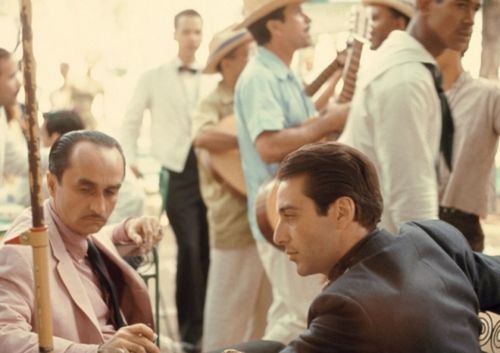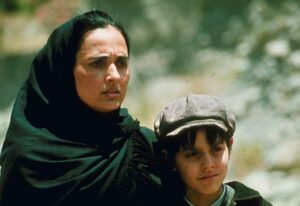
How The Godfather Coda Fixes Godfather 3’s Biggest Problem

The Godfather 3 is being re-released as The Godfather Coda, and this fixes one of the biggest problems with Francis Ford Coppola’s maligned sequel.
Can The Godfather, Coda improve upon the oft-criticized Godfather Part III? Despite a troubled production and constant battles between director and studio, Francis Ford Coppola’s The Godfather is widely regarded as one of the greatest films of all time. Mario Puzo’s story takes Michael Corleone from a respected war hero to the head of his father’s crime family, and audiences were entranced by the 1972 mafia epic. The Godfather Part II followed in 1974 and earned a reputation as legendary as the original – a rare case of a sequel matching (some might even say exceeding) the quality of its predecessor. A reluctant, broke Coppola returned for The Godfather Part III in 1990, but the magic was gone. The closing film of the Godfather trilogy is widely considered a letdown that risks tarnishing the legacy of its predecessors.
Despite being the uninvited guest of the franchise, The Godfather Part III is getting a re-release to celebrate the film’s 30th anniversary. As close to a “Coppola cut” as The Godfather fans are likely to get, The Godfather, Coda comes with restored picture and sound quality, as well as several altered scenes. More intriguingly, The Godfather, Coda promises a revised beginning and different ending, which Coppola claims is closer to the original vision he and Mario Puzo shared for their final installment.
The Godfather, Coda releases in December, but the reedit has already fixed the biggest flaw of The Godfather Part III – the title. Francis Ford Coppola never envisioned the 1990 Godfather film as a genuine third entry, but rather an epilogue to the previous two. The director also planned to use the title “The Death of Michael Corleone.” Paramount stood firm, however, preferring the more marketable “The Godfather Part III.” The problem with this title is the intense pressure and expectation it brings to the film. When an audience hears “The Godfather Part III,” they expect a cinematic epic on par with the 1970s classics, but the third effort was never intended or written to deliver the same experience. By billing itself as “The Godfather Part III”, viewers are destined for disappointment even before the opening credits.
It would be a stretch to say that The Godfather Part III has enjoyed a renaissance over the past 3 decades, but many believe that even though the sequel undoubtedly pales in comparison to the rest of the Corleone story, the third Godfather movie isn’t inherently awful. By changing the title to The Godfather, Coda: The Death of Michael Corleone, it’s easier to appreciate the film for what it is, rather than expecting a masterpiece and inevitably being let down by a decent but unspectacular 2-and-a-half hours. The “Coda” title also reaffirms the third film’s status as an epilogue rather than a fully-fledged third installment. “Coda” translates from Italian to “tail” – musical parlance for the ending of a song.
Repositioning The Godfather Part III from the third part of a trilogy to a simple coda goes a long way to improving the film, lifting the burden of expectation. Whether The Godfather, Coda: The Death of Michael Corleone can truly redeem the film, however, remains to be seen. The Godfather Part III’s problems extend beyond just its title – the events lack weight, the supporting cast aren’t as strong, and the Vatican storyline is a strange addition to an organized crime tale. Unlike Zack Snyder, Coppola also can’t call upon hours of unused footage to re-cut the entire film from scratch. It may be ambitious to believe The Godfather, Coda can right the wrongs of 1990, but restoring Coppola’s original title is a promising sign that the 30th anniversary edit will be a marked improvement.
